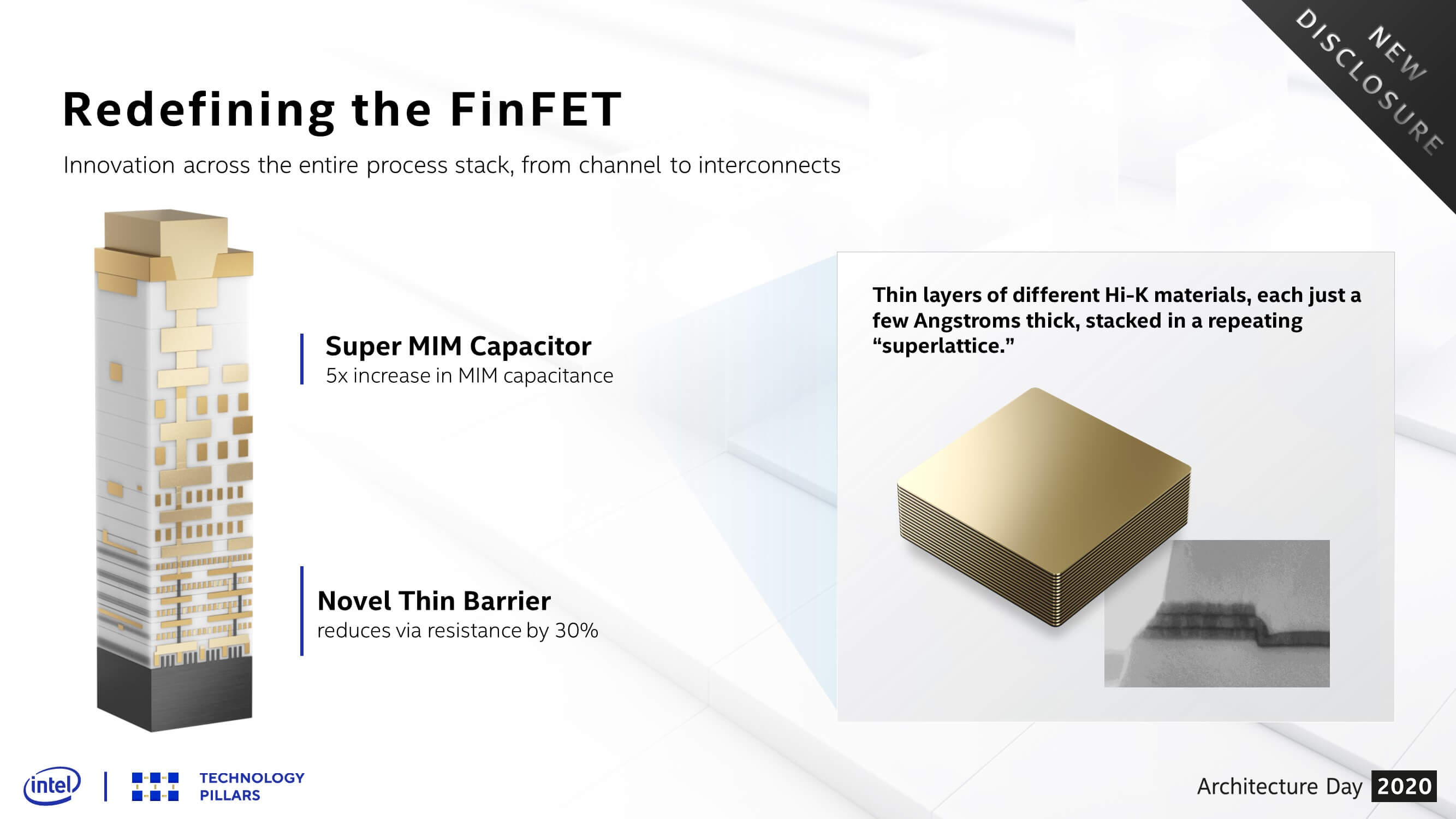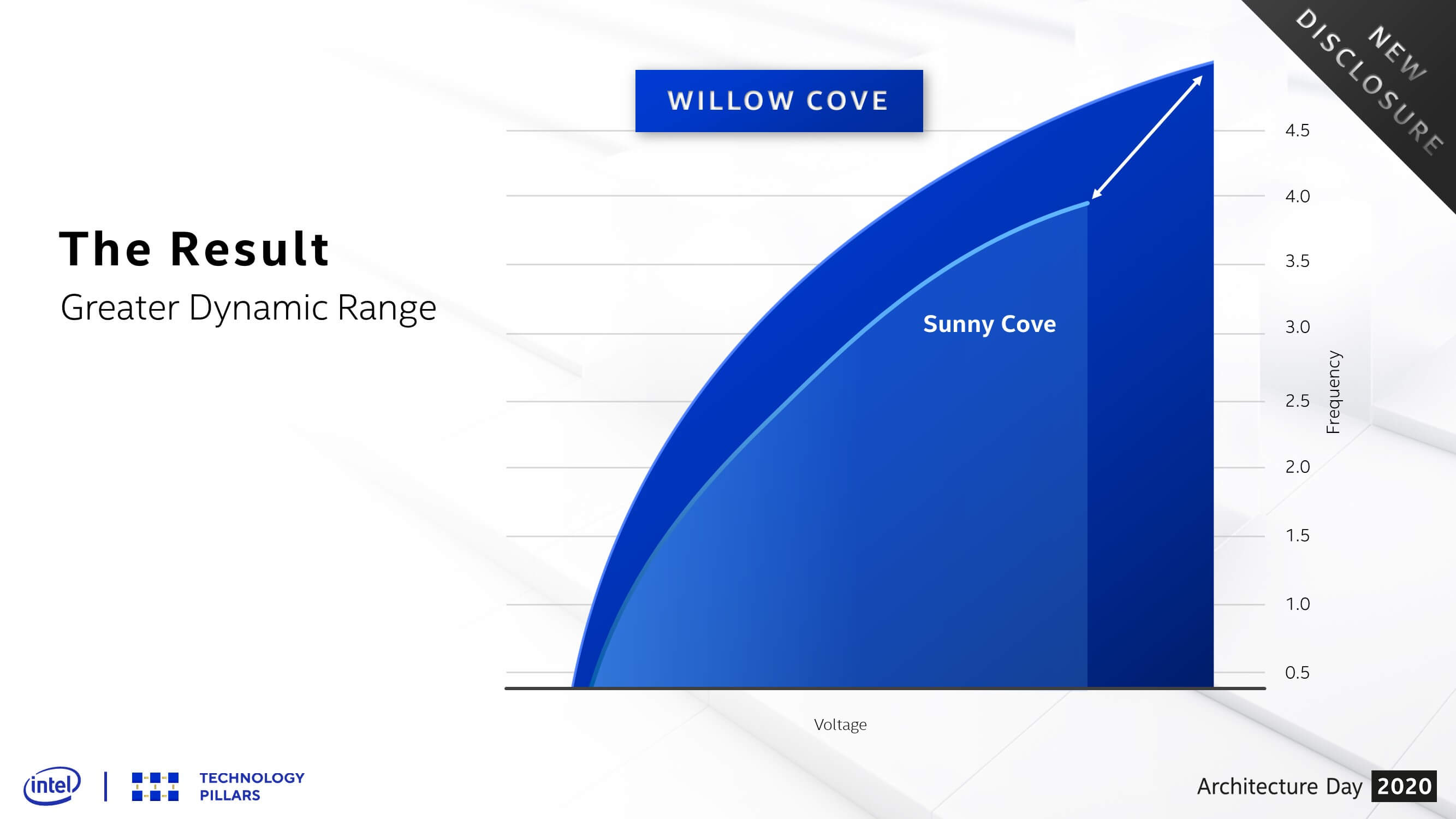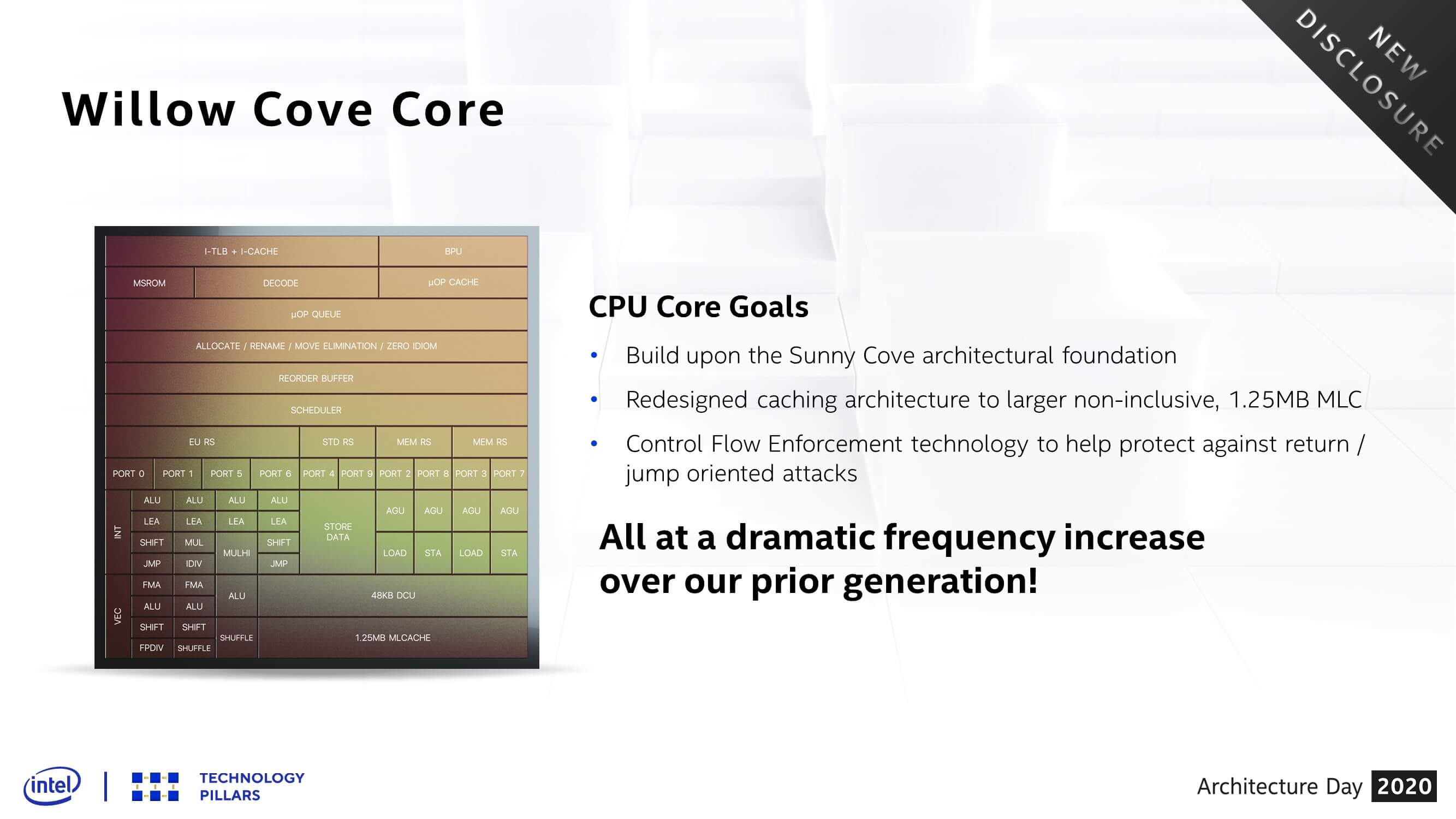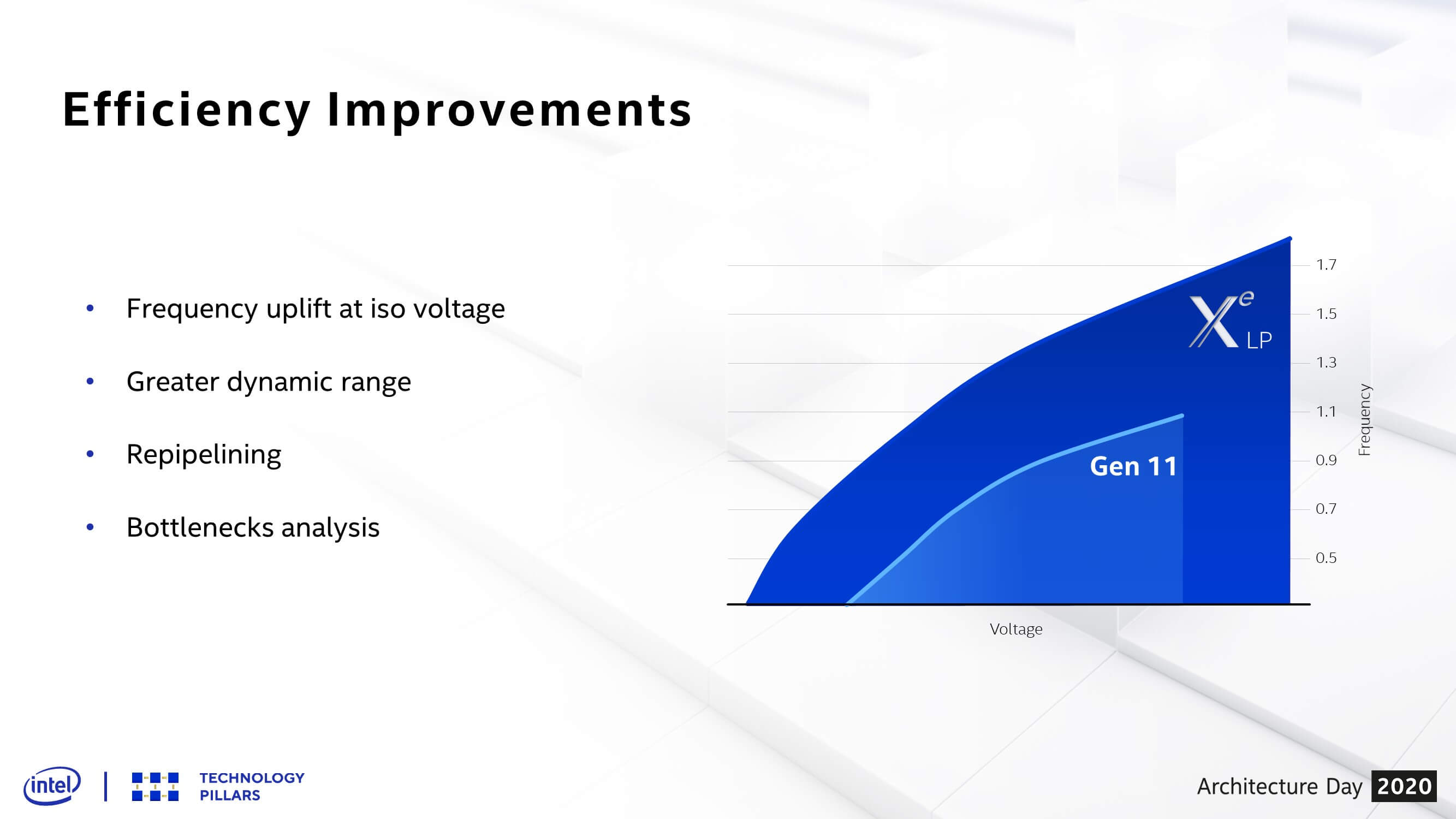[ad_1]
Something to look forward to: Intel is looking to convince investors and customers that it remains a huge force in the processor space, which is why the company is hyping up its upcoming offerings and promising significant improvements despite falling behind the competition on shrinking process nodes. It’s also looking to avoid past mistakes that led to product delays through a new approach that supposedly goes beyond the idea of “simply shrinking transistor features” to improve performance.
At Architecture Day 2020, Intel offered a first look at its next generation Tiger Lake CPUs, and detailed several microarchitecture improvements that should bring higher clock speeds and energy savings.
Intel Chief Architect Raja Koduri — who left a similar position at AMD in 2017 — explained the silicon giant is taking a new “transistor-resilient design” approach in how it makes processors that should move discussions beyond the miniaturization race by essentially decoupling the release of new architectures from having new transistors ready every time. In other words, the era of adding lots of plus signs in front of the same number is over, as Intel thinks its 10nm processors deserve better.

Despite the varying approach, at the heart of Intel’s upcoming 10nm processors is a new transistor technology called SuperFin that Koduri says is “the largest single intranode enhancement in the company’s history” that brings performance improvements comparable to what you’d typically get with a full node transition.
In recent years, AMD took the lead in moving to 7nm, which allowed Ryzen processors to become competitive with most of Intel’s offerings, a trend that persists to this day.
Many thought this would cripple Intel’s reputation as the leading manufacturer in the consumer x86 CPU space, but that may not be the case after all. Despite facing a class action lawsuit and a lot of negative press over manufacturing woes and delays, Intel is forging ahead with confidence.

According to Ruth Brain, an Intel fellow working on interconnect technology, the performance leap from Ice Lake to upcoming Tiger Lake CPUs is going to be similar to what Intel has achieved throughout its 14 nm generations from Skylake to Coffee Lake. The company’s SuperFin transistor technology is an evolution of FinFET that features an improved metal stack which reduces via resistance by 30 percent, as well as a Super MIM capacitor structure that offers five times the capacitance while keeping the same footprint.
That means Intel’s Tiger Lake CPUs won’t be much better in terms of IPC (instructions-per-clock), but will require less power so they should be able to achieve significantly higher clock speeds within a 15 W TDP.
Judging by leaked spec sheets for HP’s upcoming ultrabooks, Tiger Lake will go at least as high as 4.7 GHz, compared to just 4 GHz achievable on Ice Lake. Even 28 W Ice Lake chips that are exclusive to Apple’s MacBook Pro only go up to 4.1 GHz.

Depending on how Intel implements turbo clocks in Tiger Lake, this should afford a double-digit improvement over Ice Lake. But more importantly, Tiger Lake sports a faster caching architecture as well as faster RAM, including up to 32GB of LPDDR5 RAM working at an effective speed of 5200 MHz. It also comes with Thunderbolt 4, USB4, and PCIe 4.0, so it can easily be paired with some of the fastest hardware out there.
Thanks to the additional power and thermal headroom, Intel has also scrapped its puny Iris integrated GPU and replaced it with a larger one based on the Xe architecture that has a dedicated 16 MB L3 cache of its own. Called Xe LP, it will have 96 execution units that will also run at faster clock speeds. Intel shows Xe LP graphics are able to achieve 1650 MHz while operating at the same voltage as Iris graphics, with the potential to reach 1800 MHz when given some additional voltage.

It will be interesting to see how Intel is balancing power use between the CPU and integrated GPU with Tiger Lake, but Xe LP performance has already been shown to be enough to run Battlefield V at 30 fps on a 1080p display resolution. Intel will also use the Xe architecture to build standalone GPUs for the consumer and enterprise markets.
Tiger Lake CPUs should also bring security improvements to the table, after the security community revealed serious flaws that affect several Intel CPUs released over the last five years. The Willow Cove architecture that Tiger Lake is based on incorporates something called Control-Flow Enforcement Technology, which introduces two distinct protection mechanisms that protect against return oriented programming and jump/call oriented programming attacks.
In terms of power consumption, Intel says Tiger Lake designs are scalable from 10 W to 65 W, which means we might see some desktop variants like we’ve seen with Broadwell, as well as six or eight-core mobile variants that can go inside really thin laptops. Intel has also made some improvements in terms of power management and voltage/frequency scaling that should lead to better battery life for simple workloads.
Intel is expected to make a full reveal of the Tiger Lake CPU lineup on September 2.
[ad_2]
Source link
